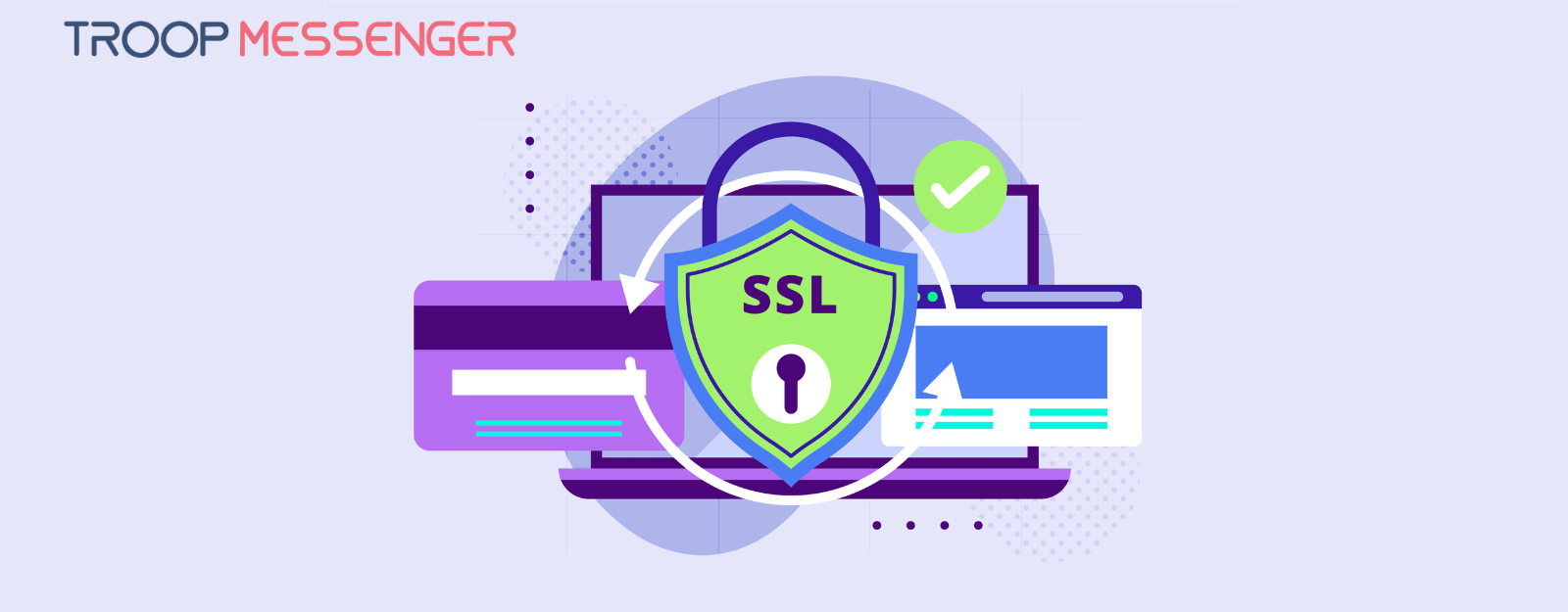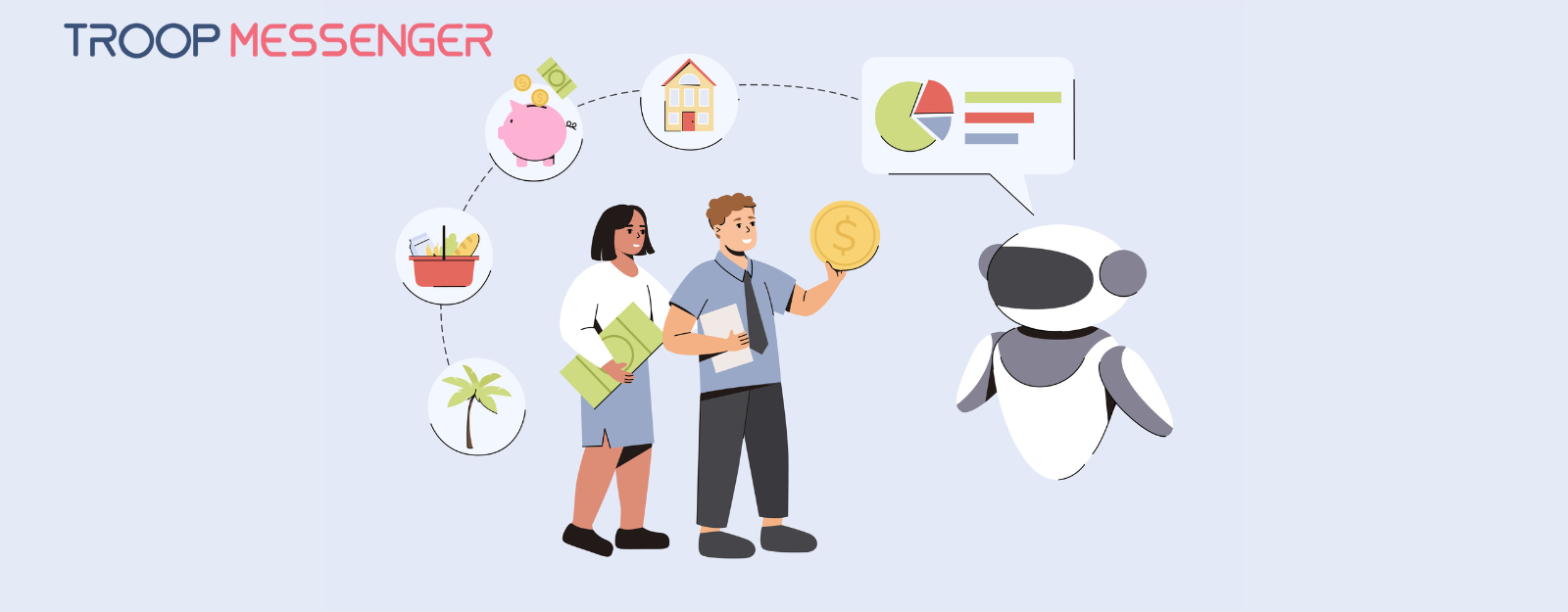Connect with us

How To Help Your Employees Avoid Online Scams & Frauds?
Online scammers and frauds are like unwelcome guests at a party. They sneak in, aiming to steal your company's hard-earned money and private information. But there's good news! You can teach your team to spot these sneaky tricks and keep your business safe.
In this article, we will show you how simple steps and a bit of know-how can create a strong shield against these online pests
Understanding the Threat
Phishing
Phishing is a tactic where scammers send emails or messages that look just like they're from real, trusted companies. Their trick is to make you think there's some problem with your account that can be fixed right away if you provide your info, like passwords or credit card details.
They pretend to need it to sort out these made-up issues, making you give away important details without realizing it's all just a fake problem.
Ransomware
Ransomware is malicious software that blocks access to your computer or files until you pay a ransom - literally. It often gets in when a deceptive link is clicked or an email attachment is opened.
CEO Fraud
CEO Fraud, also known as executive impersonation, occurs when a scammer masquerades as a top executive, often the CEO, to deceive an employee. Through convincing emails, the fraudster manipulates staff into transferring funds or divulging confidential information.
Invoice Fraud
Invoice fraud occurs when scammers send fake invoices, hoping the company's financial team will pay them without cross-checking details. They look like a company’s regular invoice but are for products or services never ordered or used.
Building a Culture of Awareness
Creating a workplace culture where everyone is knowledgeable about online threats is key to safeguarding your business. Here's how:
Regular Training
Keep your team up-to-date with regular training sessions. These sessions should cover the latest online threats and how to recognize them. Real-life examples are recommended if you want to make the training more relatable and efficient.
Update on New Threats
In the same way, cybersecurity evolves daily, scammers are constantly evolving and coming up with new threats. Keep your employees informed about new types of scams as they emerge. Use newsletters, meetings, or bulletins to spread the word.
Open Discussion and Questions
Create a workplace atmosphere that encourages employees to freely raise questions and share their experiences regarding cybersecurity.Regularly organize open forums or meetings where team members can discuss suspicious emails, calls, or other potential security concerns they've encountered.
This practice enhances their understanding of the various threats and sharpens their vigilance.
Practical Tips for Employees
Double-Check Email Addresses
When an email is received, look beyond the display name. Verify the email address by hovering over or clicking on the name to see the full address.
Scammers often use deceptive addresses that mimic legitimate ones with minor changes. An example is the use of the digit ‘0’ instead of the letter ‘o’.
Beware of Urgent Requests
Scammers try to create a sense of urgency to make people act without much thought. Employees should be cautious of emails or messages that require an immediate response, especially if they involve sharing sensitive information or sending money.
Instead, take a moment to step back and consider the request, and when in doubt, confirm through a separate communication channel.
Verify Unexpected Requests
Whenever an employee gets a request for important information or money, even if it's coming from someone higher up or a coworker, it's smart to double-check. Don’t just take it at face value.
The best move will be to have a face-to-face chat if possible or give them a call on a number you've used before and trust.
Use Multi-Factor Authentication (MFA)
Multi-factor authentication (MFA) should be implemented across accounts to significantly bolster account security. MFA works by requiring additional verification steps beyond just a password.
This could include codes sent to a phone, fingerprint scans, or facial recognition. Such multiple layers of authentication make it exceedingly difficult for unauthorized individuals to gain access, even if they have gotten a hold of the password.
Update Regularly
Ensuring regular updates of all software is a crucial security measure. These updates do much more than introduce new features or improvements; they are often critical for patching security vulnerabilities.
Cybercriminals frequently exploit outdated software, where known weaknesses remain unaddressed.
Educate on Phishing Tactics
Employees should be trained to identify common indicators of phishing attempts, such as emails with generic greetings, spelling errors, and suspicious or incorrect domain names.
Recognizing these red flags can prevent the inadvertent disclosure of sensitive information.
Secure Personal Information
Employees should be trained to carefully examine the URL of any website where sensitive data is entered. A key indicator of a secure site is the presence of "https://" at the beginning of the web address, along with a padlock icon in the browser's address bar.
These symbols signify that the website encrypts the transmitted data, providing an essential layer of protection against potential scammers.
Regular Password Changes
Regularly changing passwords is a fundamental practice for maintaining account security. Each account should have a strong, unique password, ideally a complex mix of letters, numbers, and special characters.
Changing these passwords periodically reduces the risk of unauthorized access. Recognizing the challenge of remembering numerous complex passwords, it's advisable to use a reputable password manager.
These tools not only securely store your passwords but can also generate strong passwords for you.
Avoid Suspicious Links
Develop the habit of hovering over links to preview the URL before clicking. If the link looks odd or doesn't match the context of the message, it’s a scam - don't click it.
Secure Wi-Fi Networks
Ensure employees are always connected to secure and trusted Wi-Fi networks. Public or unsecured networks are breeding grounds for hackers, and if there is a need to connect to one due to remote work, ensure you use a trusted Virtual Private Network (VPN).
Regular Backups
A critical practice a lot of people overlook is backing up. Backing up all important data in a secure location like an external drive, can be a lifesaver in the event of ransomware or other data-compromising attacks.
Implementing Robust Security Measures
Adopt Strong Firewall and Antivirus Software
Ensure your business is equipped with a reputable firewall and antivirus program. These tools scrutinize incoming and outgoing traffic for threats and block malicious software, providing a strong barrier against potential attacks.
Regular Software Updates and Patch Management
Cyber attackers often target vulnerabilities in outdated software. Set up a system for regular updates and apply security patches promptly. This ensures that your defenses evolve as fast as the threats do.
Cyber Insurance
Looking into cyber insurance is like getting a safety net for your business in the digital workplace. If a cyberattack or data breach happens, this insurance can help cover the costs associated with response efforts, data recovery, legal fees, and any damages paid to affected parties.
It's an extra layer of protection that helps you handle the financial side of these online dangers.
In addition to protecting your business from online scams and frauds, it's also wise to secure your financial future. One way to do this is by considering high interest savings accounts reviewed by financial experts.
These accounts can offer a safe place to grow your savings, providing a financial buffer that can be invaluable in times of need. Just like cybersecurity measures protect your data, a high-interest savings account can safeguard and grow your hard-earned money.
Secure Access Control
Implement multi-factor authentication (MFA) and other strong user authentication methods. Consider tools like biometric verification and security tokens.
MFA adds an extra layer of security by requiring additional verification, making it harder for unauthorized users to gain access. Ensure former employees' access rights are revoked promptly.
Data Encryption
Encrypting sensitive data, both when stored (at rest) and during transmission (in transit), is a critical security measure.
Encryption transforms data into a coded format that is unreadable without the corresponding decryption key. By encrypting data, you ensure that even if it falls into the wrong hands, it remains undecipherable and secure.
Employee Access Levels
Operate on a principle of 'least privilege,' ensuring employees have only the access necessary to perform their jobs. Regularly review access rights, especially after role changes or departures.
Secure Physical Access
Ensure that critical hardware is kept in secure areas with controlled access. Regularly audit who has physical access to ensure no unauthorized individuals can tamper with your systems.
Vendor Risk Management
This involves thoroughly assessing and managing the risks that come with outsourcing services or entrusting your business's sensitive data to third-party vendors.
This process is critical because a security breach in a vendor's system can directly impact your business. Your role is to make sure they adhere to stringent security standards to prevent breaches originating from less secure systems.
Conclusion
That's a wrap on how to keep your team safe from tricky online scams and frauds. It’s all about being smart and staying alert.
From phishing tricks to fake invoices, knowing what to look out for is key. Keep things simple: check those emails carefully, don’t rush on urgent requests, and always double-check before sharing info.
Remember, regular updates and good old common sense go a long way in keeping your business safe. Stay safe and savvy out there!








